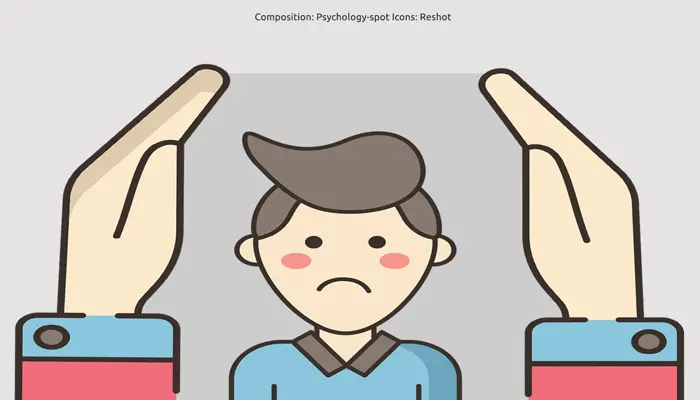
Surely on some occasion you have heard it said that it is important to make a good first impression or you have even been the one to say it to a friend. In fact, for people the first impression is very important because we are aware that from that impact others form an image about how we are, they develop a theory that will mediate the relationships we will establish in the future.
What really is the first impression?
The first impression is nothing more than a quick and unconscious attribution of stable personality traits based on small elements. Although these signals can reveal a part of us, they are actually quite ambiguous and do not always relate in a logical way to attributions. For example, one person may give one meaning to the use of a verbal expression while another person may give it a completely opposite meaning.
We all make these types of attributions in our daily lives. Within seconds of meeting someone, even without having exchanged even a word, we are already developing a theory about who they are and what their personality is.
The most interesting thing is that the first impression is formed basically through visual clues and, especially, through the information we gather from the face. In fact, our brain knows that facial cues are the most significant since the face can express many important emotions that can guide us in the interaction.
It is also curious to point out that when we are presented with someone with physical characteristics similar to those of a person we know, we tend to attribute some of those characteristics to them. If the person looks like someone we like, we will attribute more positive characteristics and show a more open attitude.
Making quick attributions is a survival mechanism
What leads a person to make such irrational judgments based solely on small clues? The truth is that the first impression is a very useful mechanism that helps us guide ourselves and know how to behave even if we only have little data.
We already know that our brain does not like confusing situations since sometimes that means potential danger. Therefore, when we are faced with a person about whom we know nothing, we perform a quick scan looking for any type of clue that will help us and allow us to orient ourselves. This is how the first impression arises, a very basic signaling process that prompts us to approach the person or move away from them if we consider that they may be dangerous.
How do we make attributions?
At this point you are probably wondering how we are able to attribute personality traits, something so complex, from a simple mental scan. The answer is found in our autobiographical memory, that is, in the experiences we have had with other people.
Throughout our lives we have met thousands of people and have interacted with hundreds of them. From these experiences, from the films, books and experiences that have been transmitted to us, we have formed a representation of different types of people. For example, we all have an idea of what a university professor, a doctor or a bricklayer looks like. Obviously, these representations are only a model, which may be more or less, but which serves as a standard of comparison when forming our first impression.
In reality, we cannot avoid this mechanism since it is activated automatically. However, being aware of its existence and all the stereotypes it entails is a great step towards maintaining a more open relationship.
Reference:
Redolar, D. et. Al. (2013) Cognitive Neuroscience. Madrid: Panamericana Medical Editorial.



